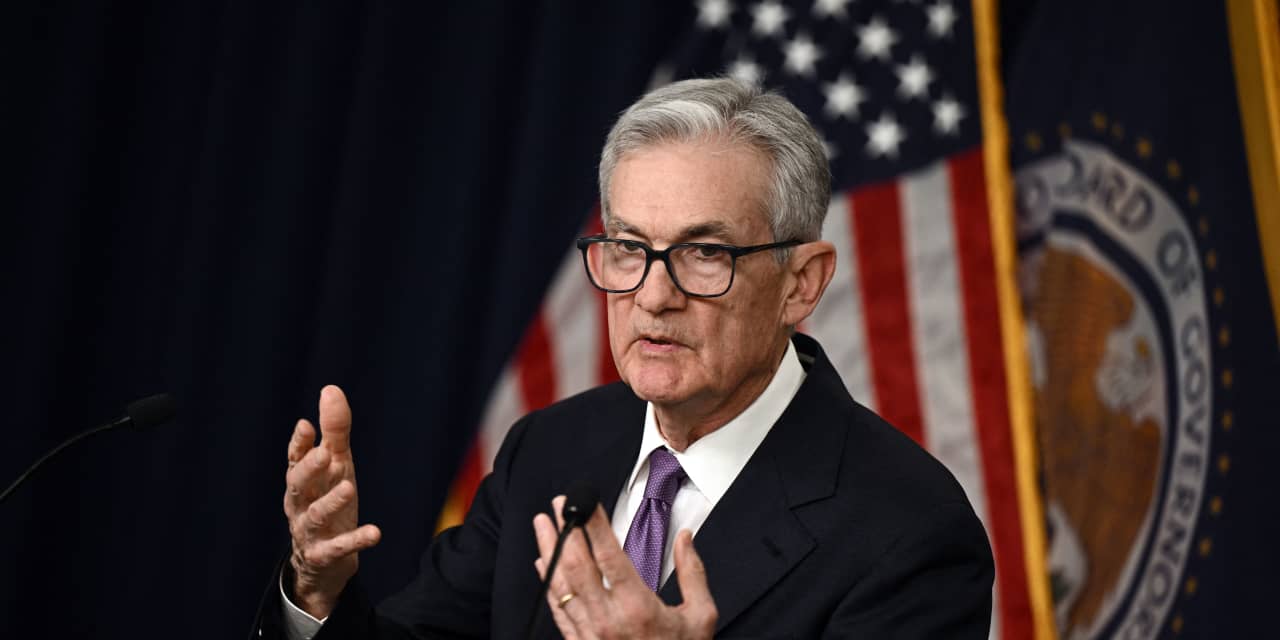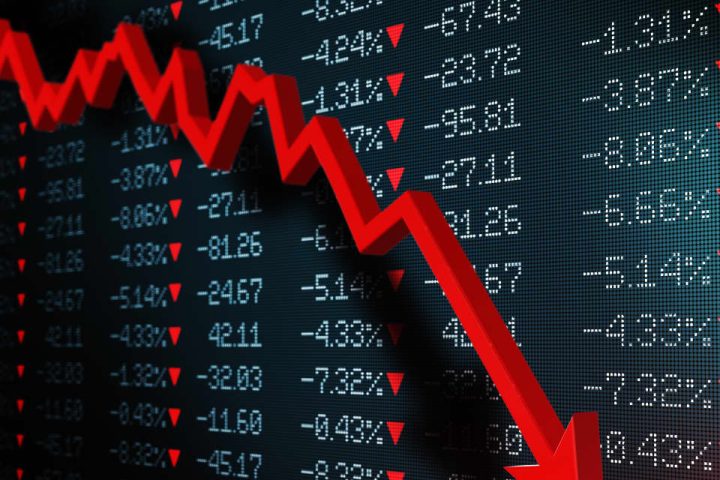Federal Reserve officials said at their most recent meeting in mid-December that it was possible the economy could evolve in a manner that would make further rate hikes appropriate, according to a summary of the discussion released Wednesday.
The minutes from the Dec. 12-13 meeting portray a cautious Fed, even though almost all of the top officials had penciled in some easing in 2024 in their forecasts. In general, officials stressed the need to move carefully.
“We do not think this is a Fed planning to lower interest rates any time soon,” said Ellen Zentner, chief U.S. economist at Morgan Stanley.
Fed officials stressed that these forecasts were associated with an “unusually elevated degree of uncertainty.”
According to the minutes, “several” officials said that the Fed might have to hold its benchmark rate steady “for longer than they currently anticipated,” while “a number” of officials pushed for some easing.
The dovish officials “highlighted the uncertainty associated with how long a restrictive monetary policy stance would need to be maintained, and pointed to the downside risks to the economy that would be associated with an overly restrictive stance,” according to the minutes.
Before the release of the minutes, traders were clinging to expectations for as many as seven quarter-point rate cuts from the Federal Reserve this year — more than twice as many as the policy makers have telegraphed.
One reason that the market expected that many cuts was the edits the Fed made to its policy statement in December. The new statement said officials would mull whether “any” more rate hikes were needed, something many Fed watchers said signaled that rate hikes were on hold.
However, according to the minutes, voting members of the Fed’s interest-rate committee thought the word “any” left open the possibility for additional hikes if needed.
Another reason economists thought the December meeting was dovish was that Fed Chair Jerome Powell seemed to welcome the easier financial conditions that had accompanied increased talk of rate cuts starting in November.
However, according to the minutes, “many participants remarked that an easing in financial conditions beyond what is appropriate could make it more difficult for [the Fed] to reach its inflation goal.”
Thomas Simons, a money-market economist for Jefferies, said the Fed was trying “to put the toothpaste back in the tube.”
He noted that while Powell had said the Fed had discussed easing, the minutes said Fed officials talked about “risk management considerations” that would be appropriate if there was a tradeoff in coming months between low inflation and a healthy labor market.
Fed-funds futures reflected a 70.8% probability the Fed will cut rates by at least a quarter point by the Fed’s March meeting, down from 79% on Tuesday, according to the CME FedWatch tool. Futures reflect a 64.9% probability the Fed will deliver at least six quarter-point rate cuts by December, down from 71.4% on Tuesday.
On the balance-sheet reduction, the minutes showed that several Fed officials thought it was time to “begin to discuss” the technical factors that would guide the Fed’s decision to slow the pace of runoff of maturing assets.
The stock market rallied into the end of 2023 on the Fed’s median forecast for three quarter-point rate cuts in 2024, which would take the fed-funds rate target down to around 4.6%, from its current level between 5.25% and 5.5%. Soon after the Fed’s meeting, however, prominent policy makers, such as New York Fed President John Williams, began pushing back on expectations for lower borrowing costs, calling talk around such a move “premature.”
Read: Here are 5 questions that investors should be asking as 2024 begins
Treasurys rallied sharply at the end of last year, dragging down yields, while equities surged, pushing the S&P 500
SPX
to a yearly gain of more than 24% and within a whisker of its all-time high from January 2022. The Dow Jones Industrial Average
DJIA
returned to record territory.
Yields have backed off in the first two trading days of 2024, while stocks have also retreated. Stocks remained lower after the release of the minutes, while yields shifted between gains and losses and the dollar strengthened versus the euro
EURUSD,
and Japanese yen
USDJPY,
After the Fed’s last gathering in December, “the market felt empowered to escalate its rate-cut expectations further, seeing as the meeting had the effect of expanding the outer limits from five cuts beginning midyear to at least seven cuts beginning March,” said former Fed governor Larry Meyer and others at Monetary Policy Analytics in Washington. “Midyear onset still seems reasonable but the risk is earlier and deeper cuts.”
Earlier Wednesday, Richmond Fed President Tom Barkin said any changes to interest rates in 2024, including the possibility of rate hikes, will depend on economic data. “There’s no autopilot,” he said in a speech in Raleigh, N.C., in which he urged the audience to “buckle up.”
Investors were also weighing a raft of economic data ahead of Friday’s December jobs report, including the closely watched manufacturing index from the Institute for Supply Management, which rose 0.7 percentage point to 47.4 in December. The index has been below 50, indicating a contraction in activity, for 14 straight months.
Economic calendar: Also on the week’s data agenda are jobless claims, December payrolls, factory orders and more
Separately, the Labor Department said job openings fell in November to a 32-month low of 8.8 million, in another sign that a prolonged U.S. hiring boom is fading in response to higher interest rates.
“The ISM manufacturing data suggests the sector continues to contract while job opening numbers point to a slower pace of hiring,” James Knightley, chief international economist at ING, said in a note.
“Friday’s jobs report will be key this week though, with the composition of jobs growth almost as important as the payrolls number itself in determining the prospect for rate cuts in 2024,” he wrote.
William Watts contributed.
Read the full article here







